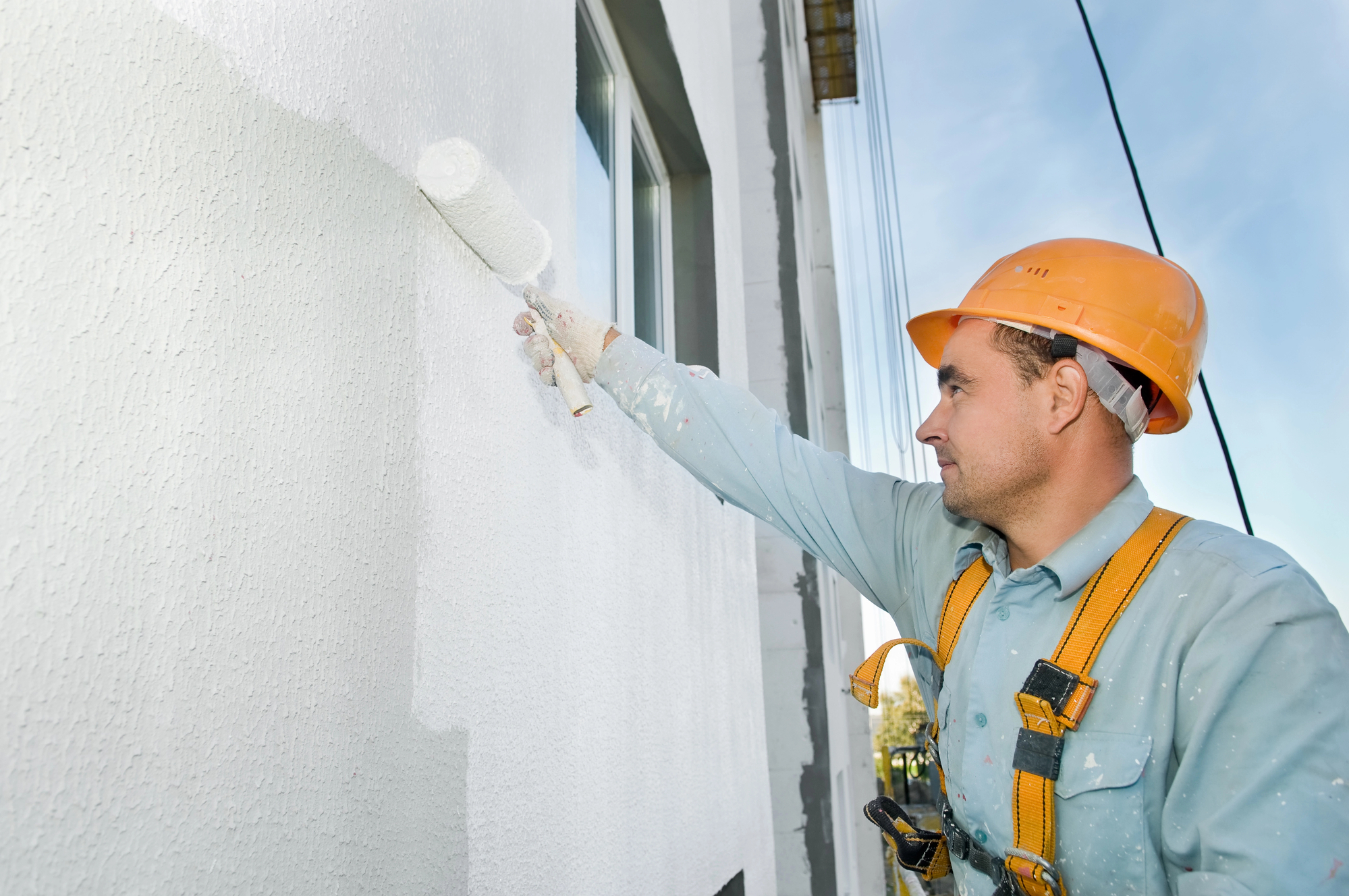When it comes to commercial building painting, it’s more than just applying a fresh coat of paint. It’s about durability, professionalism, and creating a lasting impression. Whether the goal is to revamp the exterior of an office complex or refresh the interior of a retail space, professional painting contractors know that proper planning and technique make all the difference. Here are some expert tips that experienced contractors recommend for successful commercial painting projects.
Start With a Thorough Assessment
Before any paint is applied, the building must be thoroughly assessed. Professional painters conduct a walk-through of the property to identify any structural issues, surface damage, or problem areas such as peeling paint, cracks, or mold. They also evaluate the type of surface to be painted whether it’s concrete, wood, metal, or drywall and note any special requirements for each. This assessment forms the basis for estimating materials, choosing the right products, and determining the project timeline.
Proper Surface Preparation Is Key
Seasoned contractors will tell you that surface preparation accounts for up to 80% of a successful paint job. Dirt, grease, old flaking paint, or moisture can all hinder paint adhesion and result in a patchy, short-lived finish. Depending on the condition of the surface, preparation may include pressure washing, sanding, scraping, caulking, or priming. Taking the time to prepare surfaces properly ensures the new paint bonds well and maintains its appearance over time.
Use Commercial-Grade Materials
Not all paint is created equal, especially when it comes to commercial buildings. Professional painting contractors in North Shore always opt for high-quality, commercial-grade paints and primers that are designed to withstand heavy traffic, weather exposure, and daily wear and tear. These paints often have added benefits such as mildew resistance, UV protection, and easy cleanability, which are essential for maintaining the look and function of commercial spaces.
Choose the Right Colors and Finishes
Color selection plays a crucial role in a commercial setting, influencing both employee productivity and customer perception. Professionals often recommend neutral or brand-aligned colors for corporate environments, while retail or hospitality settings might benefit from more vibrant or inviting hues. In addition, selecting the right finish is important high-traffic areas may require satin or semi-gloss finishes for easier cleaning, while ceilings and low-impact areas might do well with matte or eggshell finishes.
Timing Is Everything
For commercial buildings that are occupied during regular business hours, timing the project carefully can minimize disruption. Experienced contractors plan painting schedules around business hours working at night, on weekends, or in phases to avoid interrupting daily operations. Communication with the building owner or manager is essential to coordinate access, ventilation needs, and any temporary closures required for safety.
Prioritize Safety and Compliance
Commercial painting often involves working at heights, handling chemicals, and using specialized equipment. Professionals understand the importance of safety and ensure that their crew follows OSHA guidelines and local building codes. They use proper protective gear, set up scaffolding securely, and manage ventilation when working indoors. Reputable contractors also carry insurance to protect against liability, giving peace of mind to their clients.
Use Skilled Labor and Reliable Equipment
Painting a commercial building requires more than just a brush and roller it demands skill and precision. Professional painting companies invest in trained workers who understand the complexities of commercial projects. They also use modern tools such as airless sprayers, lifts, and industrial-grade rollers to ensure even coverage and high efficiency. The combination of skill and equipment results in a smoother, faster, and more professional finish.
Weather Considerations for Exterior Painting
For exterior painting projects, weather can make or break the outcome. Humidity, temperature, and rain can affect how paint adheres and cures. Experts monitor weather forecasts closely and plan outdoor work during optimal conditions typically dry, mild days with moderate humidity. They also know when to delay work to avoid compromised results. This attention to timing helps maintain the quality and longevity of the exterior finish.
Don’t Skip the Final Inspection
Once the job is complete, professionals always conduct a detailed inspection. They check for even coverage, clean lines, and any missed spots. Any touch-ups needed are done promptly before the final handover. Contractors also walk through the property with the client to ensure satisfaction and address any last-minute concerns. This final step ensures accountability and confirms that the project meets both the contractor’s and the client’s expectations.
Maintenance Advice Adds Value
After a commercial building has been painted, proper maintenance will extend the life of the finish. Experienced painting contractors often provide maintenance tips, such as how to clean walls safely, when to spot-check for damage, and how often repainting may be required. They may even offer long-term maintenance contracts to keep the property looking fresh and professional year-round.
In conclusion, commercial building painting requires a strategic approach that combines preparation, quality materials, skilled labor, and attention to detail. Professional painting contractors bring experience and expertise to every step of the process, ensuring that the results are not only visually appealing but also durable and cost-effective. Whether you’re updating a single office or renovating an entire commercial complex, following these expert tips can make the project a smooth and successful experience.

